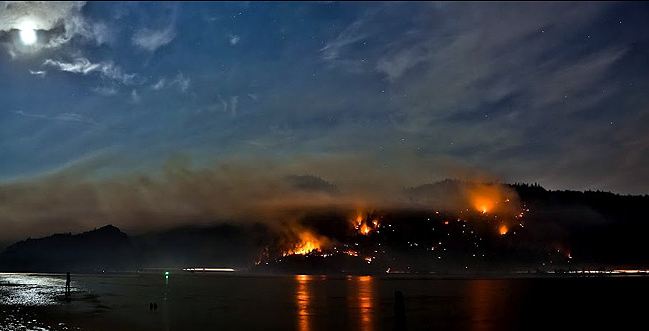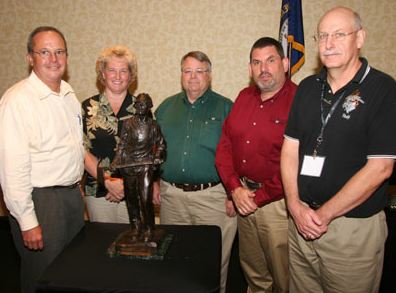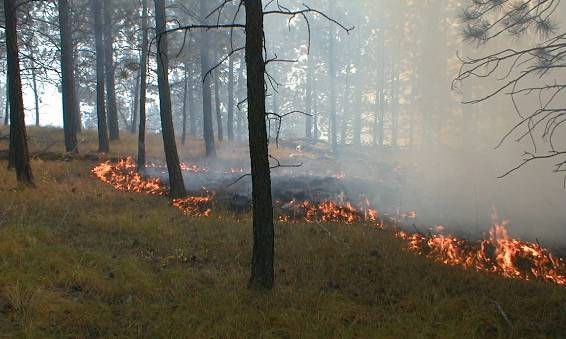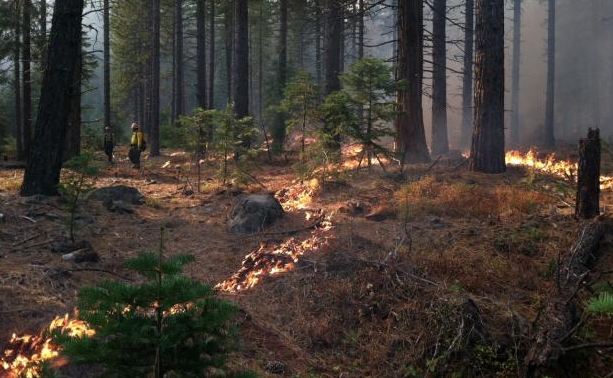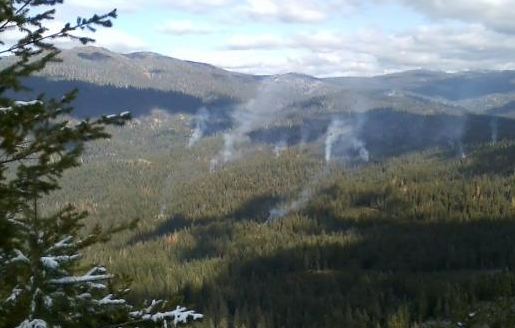Junior firefighter killed while responding to wildfire
A 17-year old junior firefighter for the Dagsboro Volunteer Fire Department in Delaware was killed while en route to the fire station to respond to a wildfire. According to WBOC, Justin Townsend was a passenger in a vehicle driven by an 18-year old boy on September 27 when due to excessive speed the driver lost control on a curve causing the vehicle to strike a utility pole. Mr. Townsend died at the scene. The driver was treated at a hospital and released.
We extend our sincere condolences to Mr. Townsend’s family and the members of the Dagsboro Volunteer Fire Department.
TNC studies use of prescribed fire to remove red-cedar
The Nature Conservancy has released a study they conducted on the Niobrara Valley Preserve in Nebraska, looking at red-cedar, an invasive species that can reduce the productivity of grazing land. The trees occupy grassland areas shading out light, falling foliage covers the grasses, and the trees consume significant amounts of water, leading to dryer conditions for grass. Red-cedar also burns intensely, making wildfires more difficult to control.
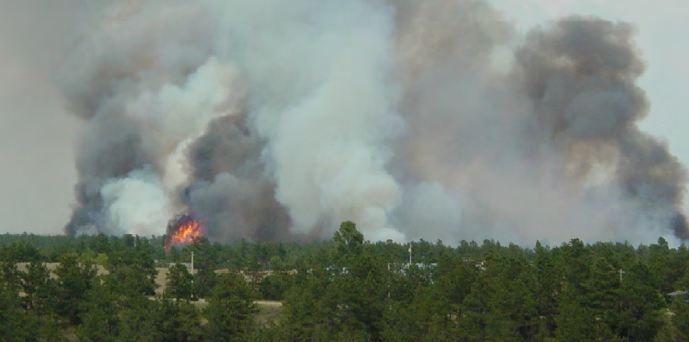
The study looked at two methods used to remove red-cedar on the property — mechanical removal and prescribed fire. Fire can be useful for removing red-cedar until the trees become large. After that, only mechanical methods are effective, which may include cutting the trees, and then 1) chipping, 2) piling and burning, or 3) scattering them to be burned in a prescribed fire later.
Here are some excerpts from the report.
Red-cedar, a tree that reproduces by seed only, can be destroyed by fire if its growth points at the tip of the twigs are exposed to high temperatures. Cedar infestation will proceed steadily without intervention, and the periodic use of prescribed burning may be a more effective approach compared to periodic mechanical removal. Mechanical removal actually can contribute to spreading the seeds. Importantly, when applied early, burning is a significantly less costly method to eliminate young trees and to prevent re-infestation.
and…
Of more interest to ranchers, in areas where cedar was removed, the desirable plant species for grazers were on average 34% of groundcover compared to 12% in non-cleared areas (+22%) and the undesirable plant species were 13% in cleared areas versus 47% in non-cleared areas (-34%) but all save 3% of the difference in undesirable plant species is from cedar clearing.
Warmer temperatures in California may be leading to more wildfires
The LA Times has an article about how hotter temperatures in California along with “incredibly dry conditions” have resulted in a higher number of wildfires, especially in the northern part of the state. The traditional busiest part of the fire season in southern California is just beginning, when lower live fuel moistures combined with Santa Ana winds can result in very large fires.
Photos of fire in Columbia River Gorge
A wildfire in the Columbia River Gorge near Hood River, Oregon provided Richard Porter with an opportunity to capture some interesting nighttime images of the fire reflected in the waters of the Columbia River. Check them out HERE. Below is a sample.
